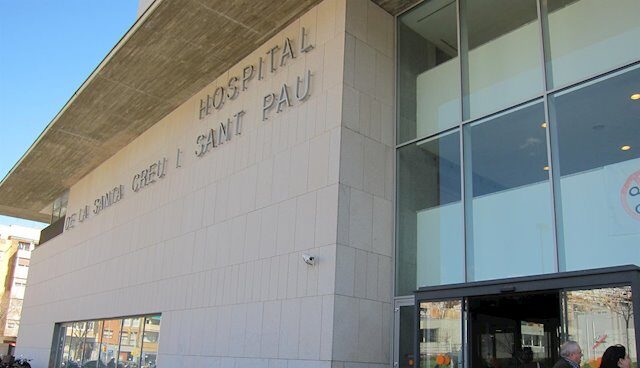

Hospital Sant Pau in Barcelona
For the first time in Spain, a minor with hereditary sickle cell anemia was cured by transplanting umbilical cord cells and bone marrow from her genetically selected sister. This happened at the Santa Creu i Sant Pau hospital in Barcelona, in collaboration with the Fundació Puigvert.
Sickle cell anemia is a genetic disorder that deforms red blood cells, causes abnormal hemoglobin production, and can lead to many medical complications in various parts of the body. Diama was discovered in 2015. He had episodes of acute pain that required constant hospitalizations and anesthesia, such as morphine, to alleviate the consequences of this disease, which determines the quality and life expectancy of patients from 40 to 50 years.
“I used to be very sick, my stomach and bones hurt a lot, but now I can go to school, go to the playground when it’s cold, and I can run in physical education,” said 11-year-old patient Diama, who has already recovered.
As parents wanted more children, the possibility of assisted reproduction with preimplantation genetic diagnosis (PGD) was raised. It is a method of detecting genetic and chromosomal abnormalities in embryos obtained in vitro, in order to transfer to the mother’s uterus only those that do not have the desired pathology, in this case sickle cell.
hormonal stimulation
After a preliminary assessment, the center determined that the patient was suitable for this technique because she was young, 26 years old, and had a correct ovarian reserve, in addition, her partner had a normal seminal fluid assessment. As Ana Polo, Director of the Fundació Puigvert-Sant Pau Reproductive Medicine Service, explained, the success rate of obtaining a healthy sickle cell embryo compatible with the patient was 18%, meaning only one or two out of every ten embryos are suitable for implantation.
The mother underwent three hormonal stimulation procedures, and after analyzing different embryos, one was chosen that is not a carrier of the disease and is compatible with Diama: her future sister Sokna, born in September 2019. doctors collected blood from the umbilical cord, but since it had insufficient cellularity, they had to extract the bone marrow in two stages from the donor sister when she was one year old.
The 11-year-old sister then underwent chemotherapy to remove her bone marrow before transplanting her younger sister’s cells so she wouldn’t reject them, and the transplant took place in April 2022.
Source: El Independiente